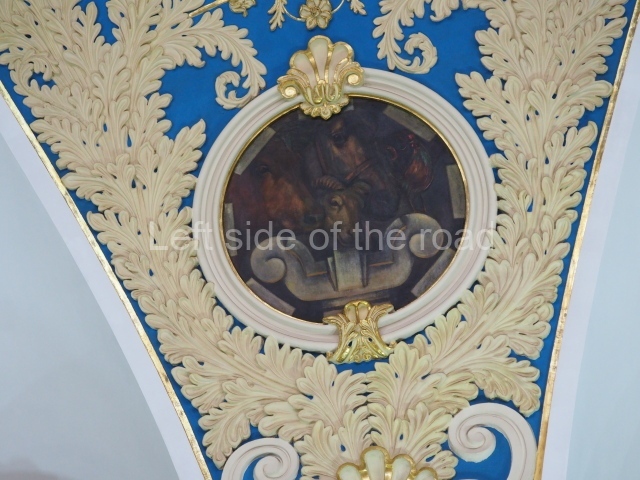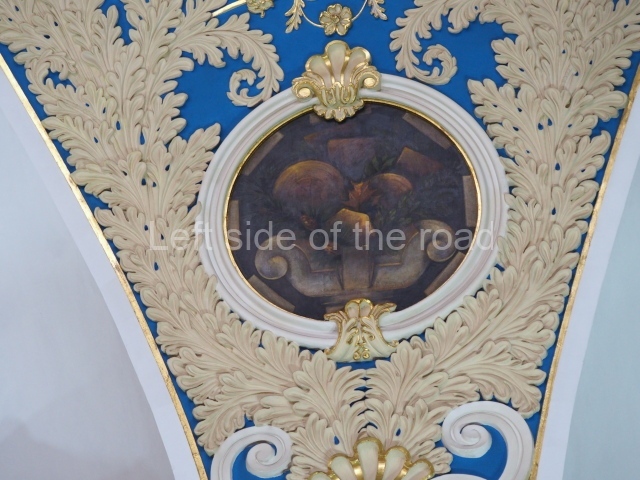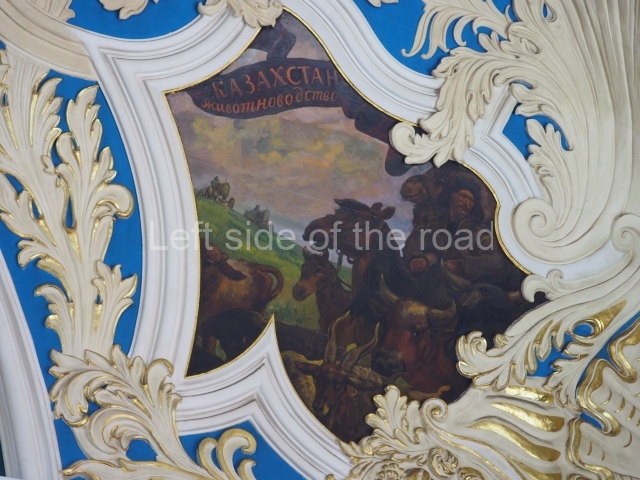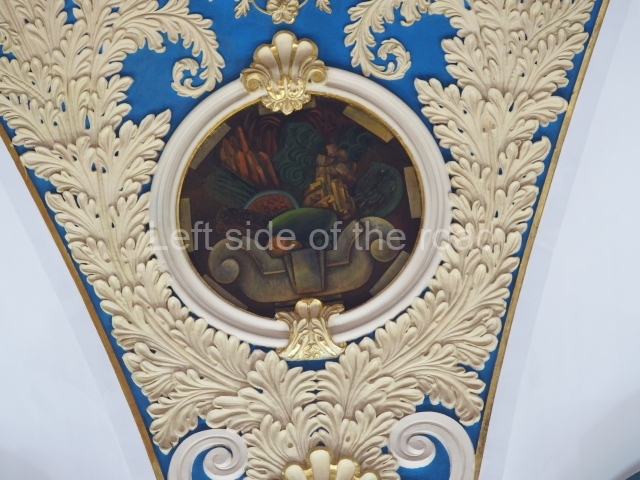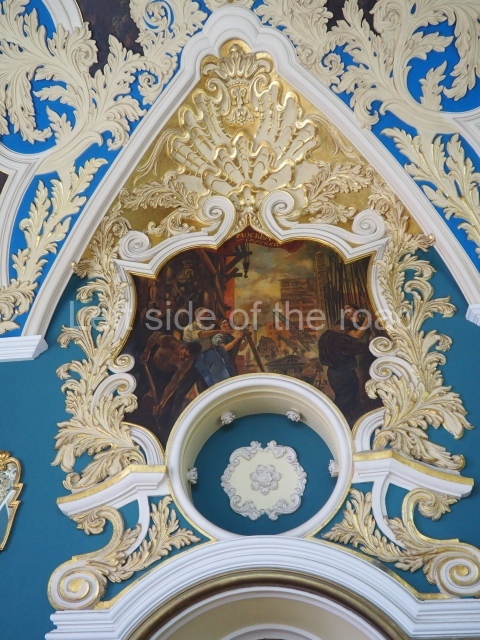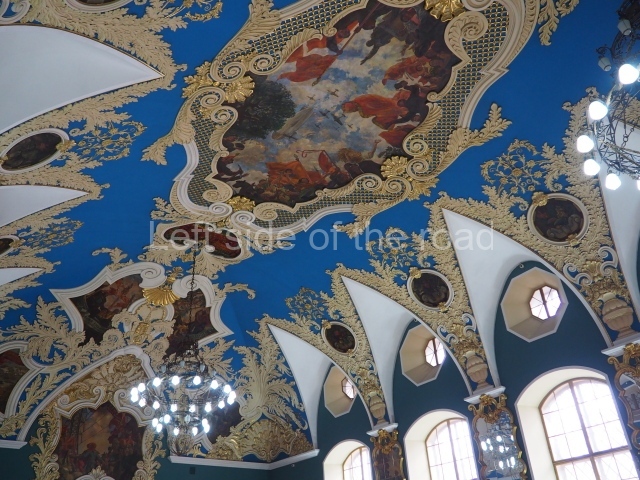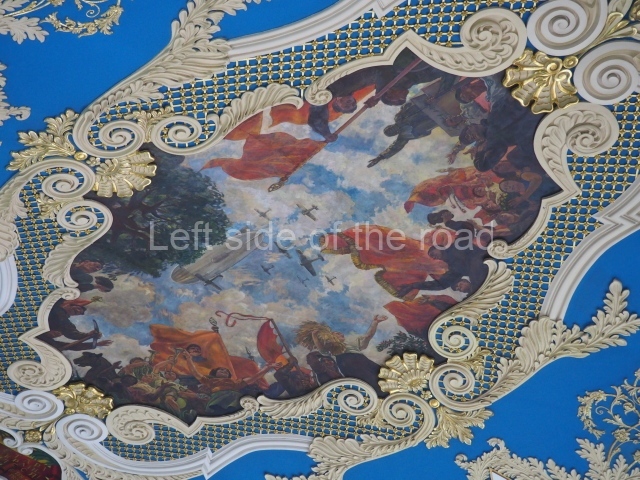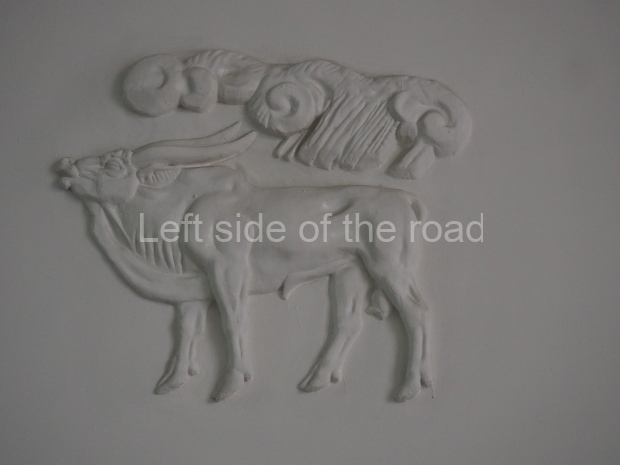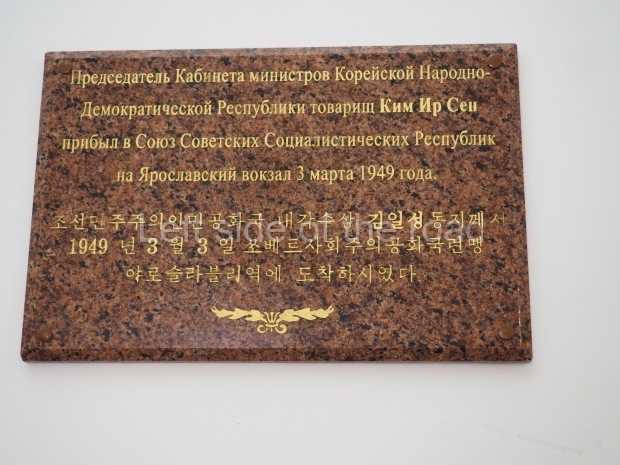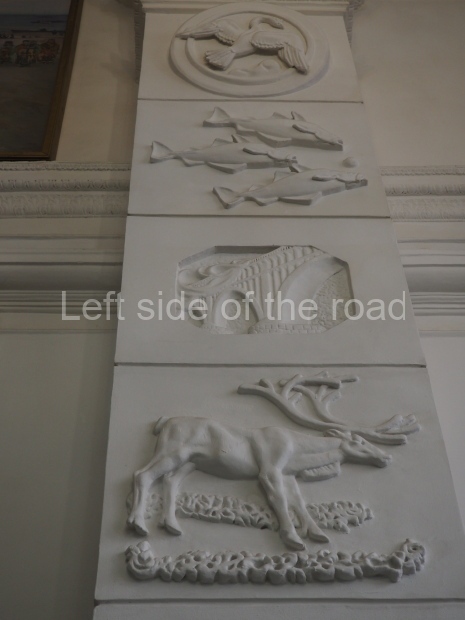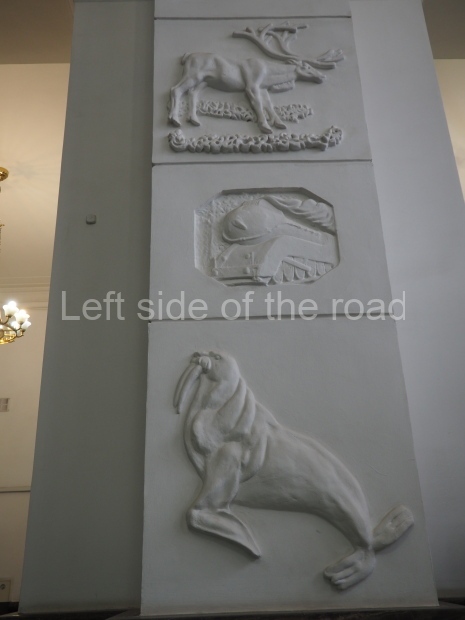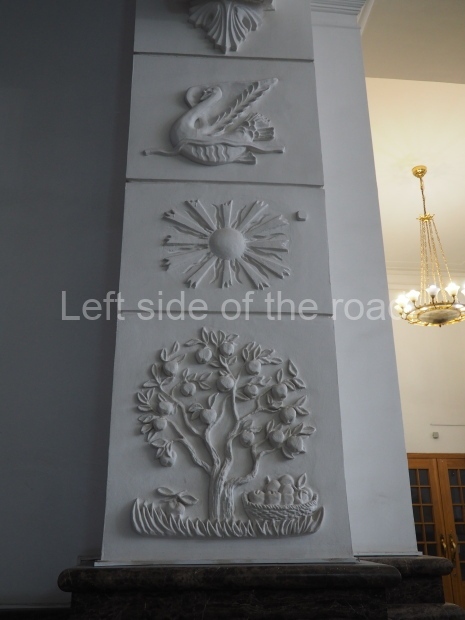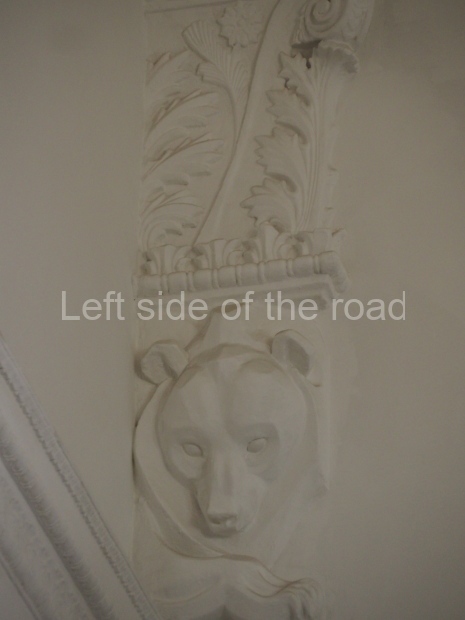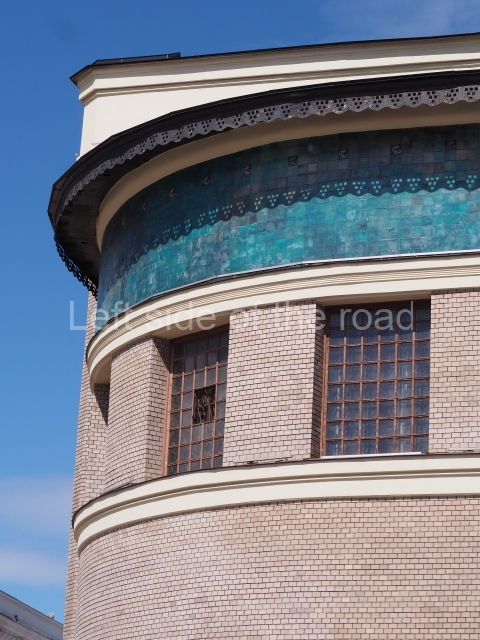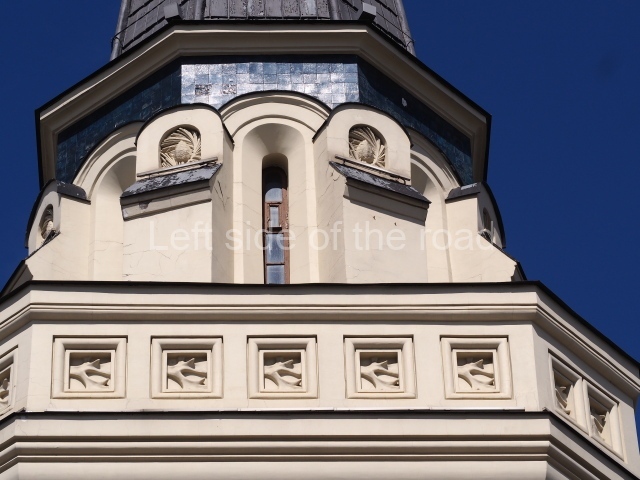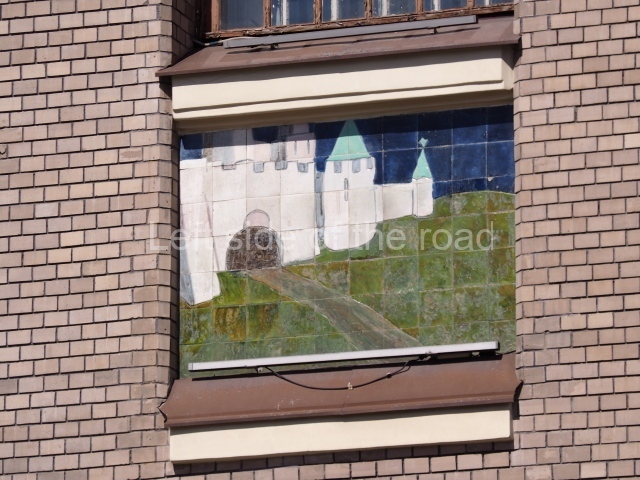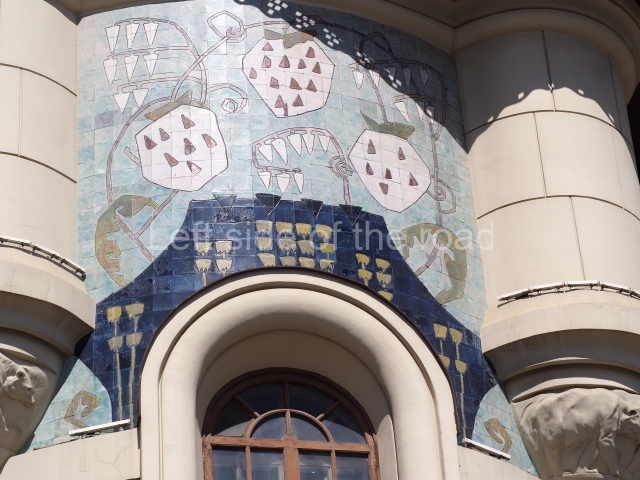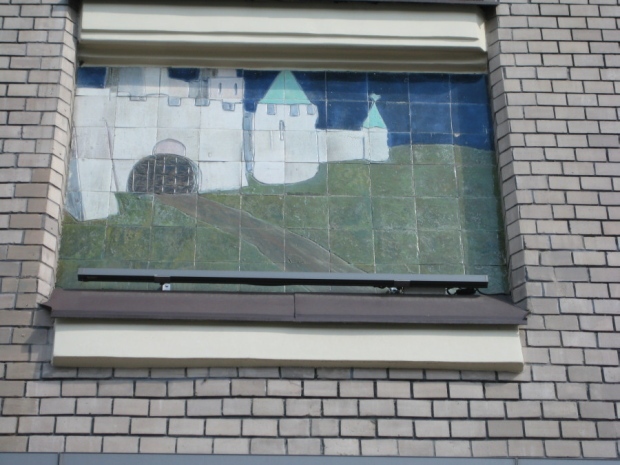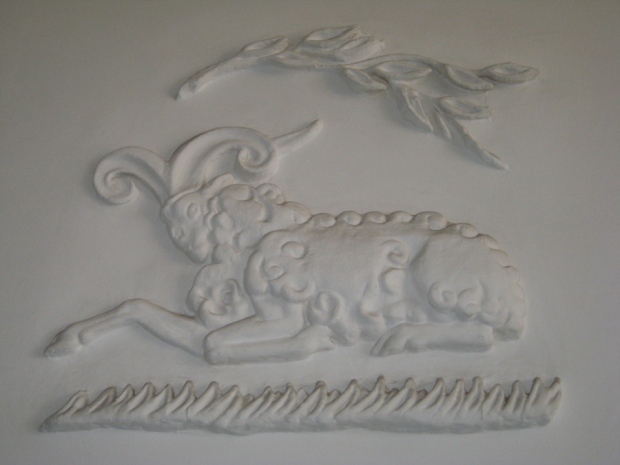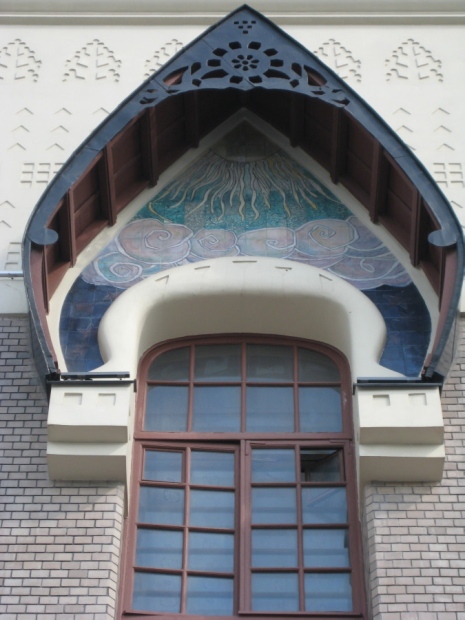
Yaroslavsky Station
More on the USSR
Moscow Metro – the world’s biggest Socialist Realist Art Gallery
Yaroslavsky mainline railway station – Moscow
Moscow Yaroslavsky railway station (Russian: Ярославский вокзал) is one of the nine main railway stations in Moscow. Situated on Komsomolskaya Square (close to the Kazansky and Leningradsky Stations), Moscow Yaroslavskaya has the highest passenger throughput of all nine of the capital’s main-line termini. It serves eastern destinations, including those in the Russian Far East, being the western terminus of the world’s longest railway line, the Trans-Siberian. The station takes its name from that of the ancient city of Yaroslavl which, lying 284 rail kilometres (176 miles) north-east of Moscow, is the first large city served by the line.
Text above from Wikipedia.
The Yaroslavsky mainline railway station in Moscow is not only the busiest of the capital’s rail hubs it is also one of the most interesting architecturally. The present building was built to replace the original 19th century station in the first decade of the 20th, therefore before the October Revolution of 1917 and the influences of the new socialist society upon architecture and decoration.

Yaroslavsky Station – early 20th century
The architect of the new building was Fyodor Schechtel, who was also responsible for other Art Nouveau buildings in Moscow.
The station is an example of Russian Art Nouveau (which, until recently, I didn’t even know existed). When compared with buildings constructed in other European countries at the same period, i.e., the end of the 19th and beginning of the 20th centuries, it is possible to see the connections. Each ‘national’ art nouveau shared certain conceptions (mainly the connection to nature) but with specific aspects which were derived from the individual national culture and tradition. (To compare with examples of ‘modernismo’ in Catalunya follow some of the links on the Catalunya/Catalonia page.)

Yaroslavsky Station – 02
What might surprise some people is that when the Soviet state wanted to put it’s own ‘stamp’ on the building this was not at the expense of what had been originally created in the pre-revolutionary period.
Having not seen a comprehensive photographic record of what the building looked like prior to 1917 it is not possible to say if certain modernist decoration might have been removed to allow for that favoured under the artistic influence of Socialist Realism. Also, I’m not aware of the level of damage that might have been caused by the Nazi invasion of the Great Patriotic War and the level of reconstruction that might have been needed following the victory over German fascism. Such reconstruction would have made it easier to choose between restoration of the original decoration of the 1910s and the creation of new decorative panels which included Soviet imagery.

Yaroslavsky Station – 04
However the decoration evolved it is clear that there was a respect for the original images, even though they might have been considered as ‘bourgeois art’. The various mosaics/tiles on the exterior seem to have been kept as they would have been in 1910 and they, and the bas reliefs of animals and representations of nature from the Yaroslavl countryside, are all in very good condition. In fact all the decoration on the outside of the building is in a very good condition.
If the original imagery, for example, those which made reference to the Tsarist period, have been removed and replaced with those more fitting to a Socialist society then it was carried out in a very sympathetic and, at least to my eye, seamless manner.

Yaroslavsky Station – 03
However, there are two areas, at the very top of the building, where an obvious removal and replacement has taken place.
In the centre of the ridge crest on top of the very steep hip roof, immediately above the principal entrance, there used to be a double-headed eagle – the symbol of the imperial court. This has been replaced by a hammer and sickle (the symbol of the Soviet Union) with the letters ‘CCCP’ for Союз Советских Социалистических Республик, Union of Soviet Socialist Republics (USSR).

Yaroslavsky Station – 01
And at the very summit of the broach spire, to the left of the main entrance when looking from the street, there would have been a Christian cross which was later replaced by a star, another symbol of the Soviet state.
Whereas the exterior has been treated well and every effort made to retain what had previously been created the same cannot be said about the interior. The ticket hall and waiting area has been completely remodelled and the original decoration, if it wasn’t maliciously vandalised or removed, is now hidden behind antiseptic and anodyne modern facades. Looking at the building from the outside you can only be in Russia from the inside you could be anywhere in the ‘homogenised and globalised’ world, including the ubiquitous fast food outlets.
(However, western sanctions against Russia has had a positive effect in this area as American multinational fast food outlets have been seriously curtailed (yet not entirely eliminated – for reasons I don’t understand) so no McDonald’s – although Burger King still hangs in there for some reason – and the KFC concession to the right of the main entrance was closed when I visited the station in the summer of 2024 although open in its location opposite the Kievskaya metro station.)
However, immediately inside the main entrance the original decoration (mainly art nouveau) is still visible. This is the area which is very different from what it would have been even 20 or 30 years ago as this is the location of the obligatory security check of person and luggage. The presence of a number of security personnel resulted in one of them relieving her boredom by telling me it was not permissible to take photos so there are a limited number of pictures from the interior in the slide show below.

Yaroslavsky Station – 05
But time moves on. In rejecting the Soviet past and with the Tsarist past having far too many negative memories of feudalism the only way the modern rulers of Russia have of maintaining control of the population is by promoting the culture of superstition and ignorance. For that reason you will encounter a limited amount of religious imagery in all the mainline stations, mainly through the artifice of a small chapel and/or small shop selling religious tat.
Related;
Kievskya railway station
Stalingrad (Volgograd) Railway Station
Kazansky Mainline Railway Station – Moscow
Moscow (and Leningrad) Metro
Kazansky Mainline Railway Station – Moscow
Architect;
Fyodor Schechtel
Location;
5 Komsomolskaya Square
GPS;
55.776°N
37.658°E
More on the USSR
Moscow Metro – the world’s biggest Socialist Realist Art Gallery









